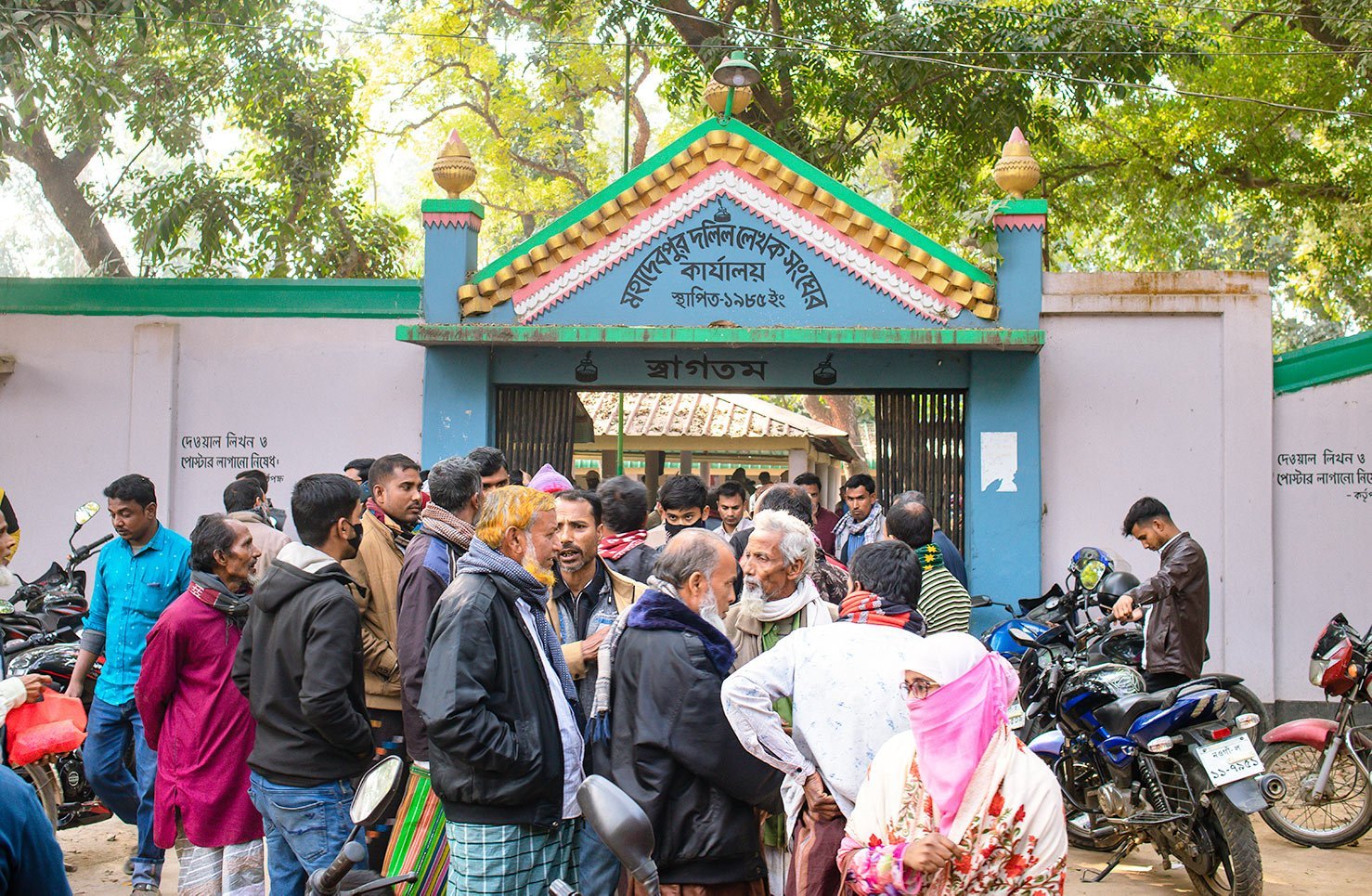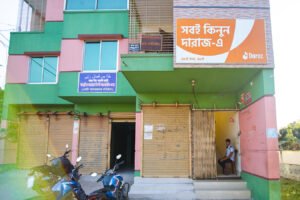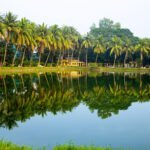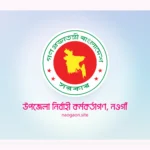Learn About Naogaon’s Population And Its Statistics
Located in the northern part of Bangladesh, Naogaon district is home to a diverse population. This article will provide a comprehensive look at Naogaon’s demographic data, complete with charts, statistics, and other facts. Furthermore, the data is broken down from various perspectives to make it easily understandable for everyone.
Whether you’re a resident, a policy-maker, or simply interested in the demographics of Naogaon, this post provides valuable insights into the district’s diverse population structure.
Total Population in Naogaon District
As per the 2022 census, the population of Naogaon district is as follows:1
- Total Population: 2,784,598 people
- Male: 1,374,312 people
- Female: 1,408,840 people
- Hijra: 173 people
- Sex Ratio: 97.55 males for every 100 females
As of the 2022 census (see footnote), Naogaon district has a total population of 2,784,598. The population consists of 1,374,312 males, 1,408,840 females, and 173 hijras (third gender). The gender ratio in the district is 97.55, meaning there are 97.55 males for every 100 females. This data suggests that the district is not male-biased but slightly female.
Census 2011 to 2022: Naogaon’s Demographic Changes Scenario
| Description | 2011 Census | 2022 Census |
| Total Population | 2,600,157 | 2,784,598 |
| Total Households | 655,801 | 765,459 |
| Average Household Size | 3.96 person | 3.64 person |
| Population Density (per km²) | 757 | 811 |
The national census data from 2011 to 2022 reveal changes in Naogaon’s population and related factors. Most noticeable factor is, the average household size is becoming smaller. Earlier, the traditional joint family system was strong in Bangladesh. But now, smaller family trends are becoming more common, like other parts of the word. As per the 2011 census, Naogaon had an average of 3.96 people per household, which decreased to 3.64 by the 2022 census.
Ethnic Population in Naogaon
- Total Ethnic Population: 107,292
- Male: 53,248
- Female: 54,044
- Percentage of District’s Total Ethnic Population: 6.50%
In Naogaon District, Adivasis, also known as the indigenous peoples (Bangla: আদিবাসী), make up 6.50% of the total population.2 They are identified as Adivasi. The Santal, Oraon, Pahan, Mahali, and Munda are the principal ethnic groups. They also maintain distinct cultural identities, each with its own language and religious traditions. These native groups have given multi-dimensionality to the culture of the district through their customs and diversity of lifestyle.
Ethnic Population Gender Ratio
Total Ethnic Population Gender Ratio in Naogaon district
- Male: 50.86%
- Female: 49.14%
- Total: 100.00%
Rural Ethnic Population Gender Ratio
- Male: 50.88%
- Female: 49.12%
Urban Ethnic Population Gender Ratio
- Male: 49.55%
- Female: 50.45%
Population by Locality
The table data provides a detailed breakdown of the population of Naogaon district, divided into rural and urban areas. Like previously, the data is also based on the Population and Housing Census of 2022.3 It further classifies the population by gender, including a column for hijra (third gender).
| Locality | Male | Female | Hijra (3rd Gender) | Total |
| Rural | 1,166,422 | 1,200,521 | 139 | 2,367,082 |
| Urban | 207,890 | 208,319 | 34 | 416,243 |
Marial Status
Below is a detailed, upazila-wise chart of the married, unmarried, and total male and female population aged 10 years and above in Naogaon district. This information is based on 2011 census and sourced from District Statistics 2011 Naogaon.
Upazila-wise Percentage Married Population (10 Years and Above)
Percentage of Unmarried Population in Upazilas of Naogaon (10 Years and Above)
Upazila-wise Population
Total Male & Female Population of Upazilas of Naogaon (10 Years and Above)
Disabable Population
Percentage of Population by Type of Disability in Naogaon
Total Percentage of Population by Type of Disability in Naogaon
This chart represents the percentage of population by type of disability based on the 2011 census (see footnote). The total population is 2,600,157 while the total percentage of disability is 1.6%.









